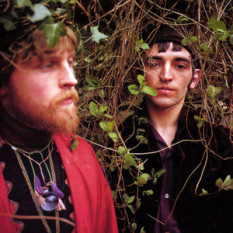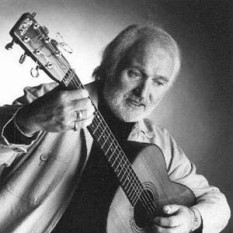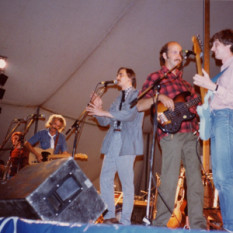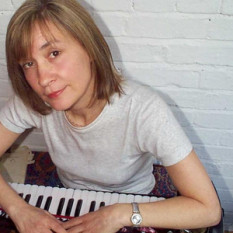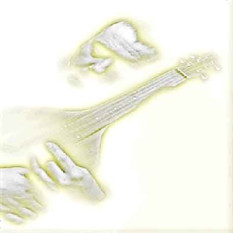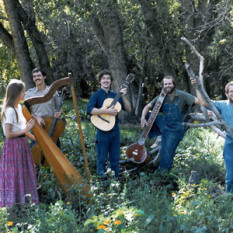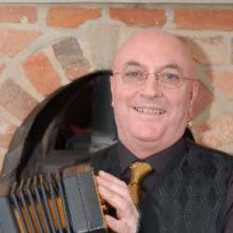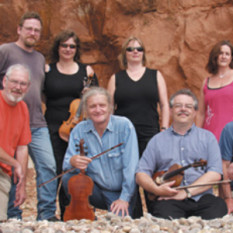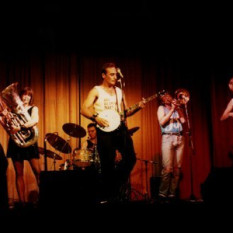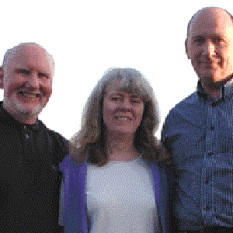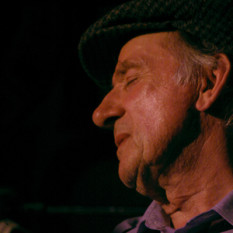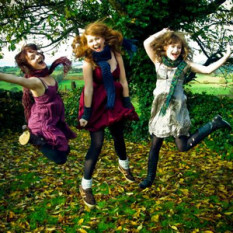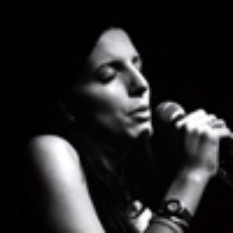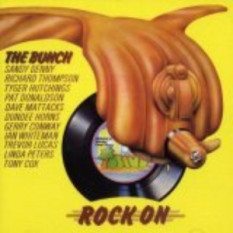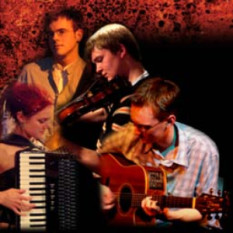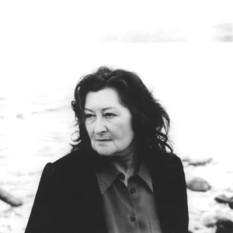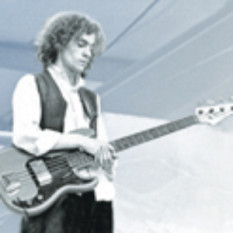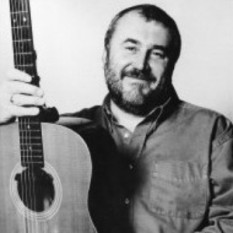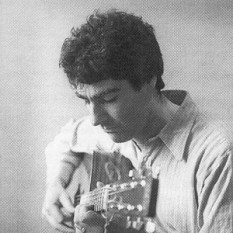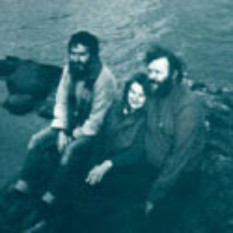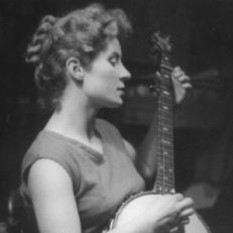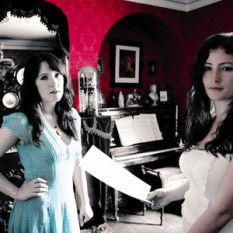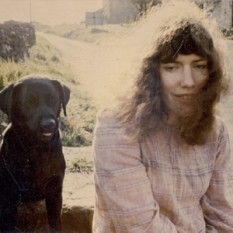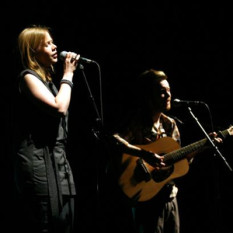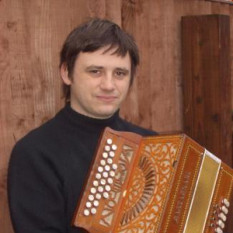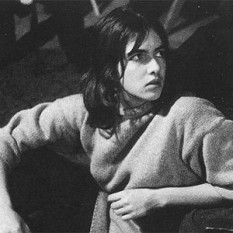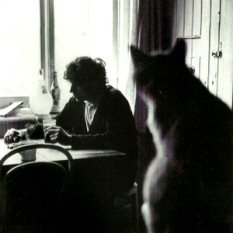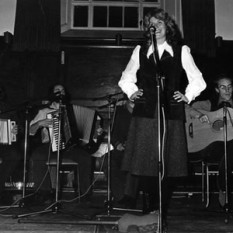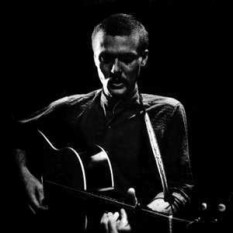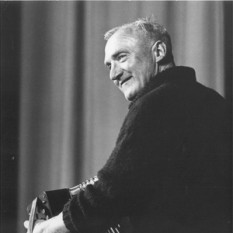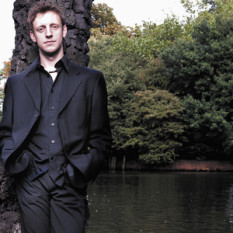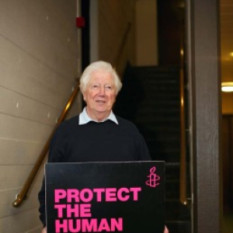British folk is based on traditional British folk. Cecil Sharpe, Ralph Vaughan Williams, and others ensured that many of the traditional songs were kept alive by transcribing and recording especially in Kent, Suffolk, and the South West of England.
The British folk revival of the 50s and 60s was more than just going along with Dylan and Pete Seeger and the American revival. It had a tone and sound of its own. Beginning with players like Davey Graham and Ewan MacColl, and his protégé, Anne Briggs, and bands like the Copper Family a new fresh attitude spread through the burgeoning scence.
At places like Bunjies and the Troubadour singer songwriters like Bert Jansch, John Martyn, Roy Harper, and Ralph MacTell spread a new view of the British songwriter. They went on to inspire Donovan, Nick Drake and others. Meanwhile there was an awakening interest in playing around with both electric instruments and traditional folk, among others, June Tabor, Maddy Prior with Steeleye Span,and Fairport Convention with Sandy Denny, Richard and Linda Thompson, and Pentangle all created real interest. Along with eccentrics like the Incredible String Band they ensured that British Folk was rediscovered all over the British Isles.
The next generation of bands went for something even more authentic - Bands like the Albion band, and singers like the Watersons were trying to be folk, rather than just ecletic- they took genuine folksongs and either reworked them or left well alone.
The British Folk scene is best represented by Cecil Sharpe House (Very traditional), Folk on 2 - A weekly radio show with Mike Harding, and the Cambridge Folk Festival. There are an increasing number of folk festivals throughout the British Isles. .

